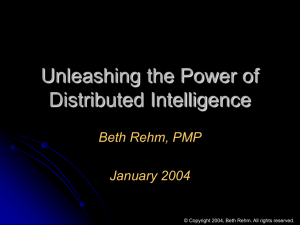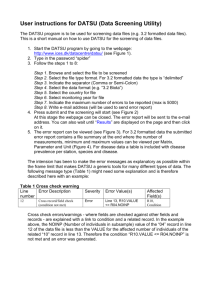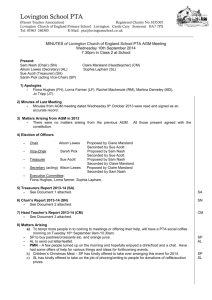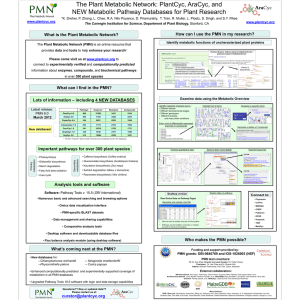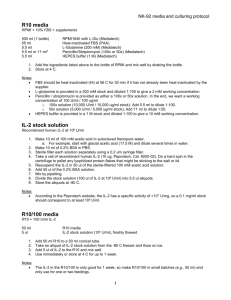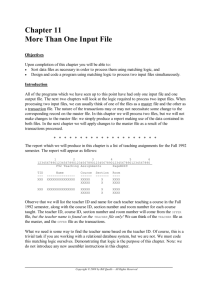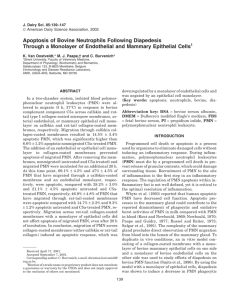BCG PROPHYLAXIS INDUCES ACTIVATION OF RECRUITED
advertisement
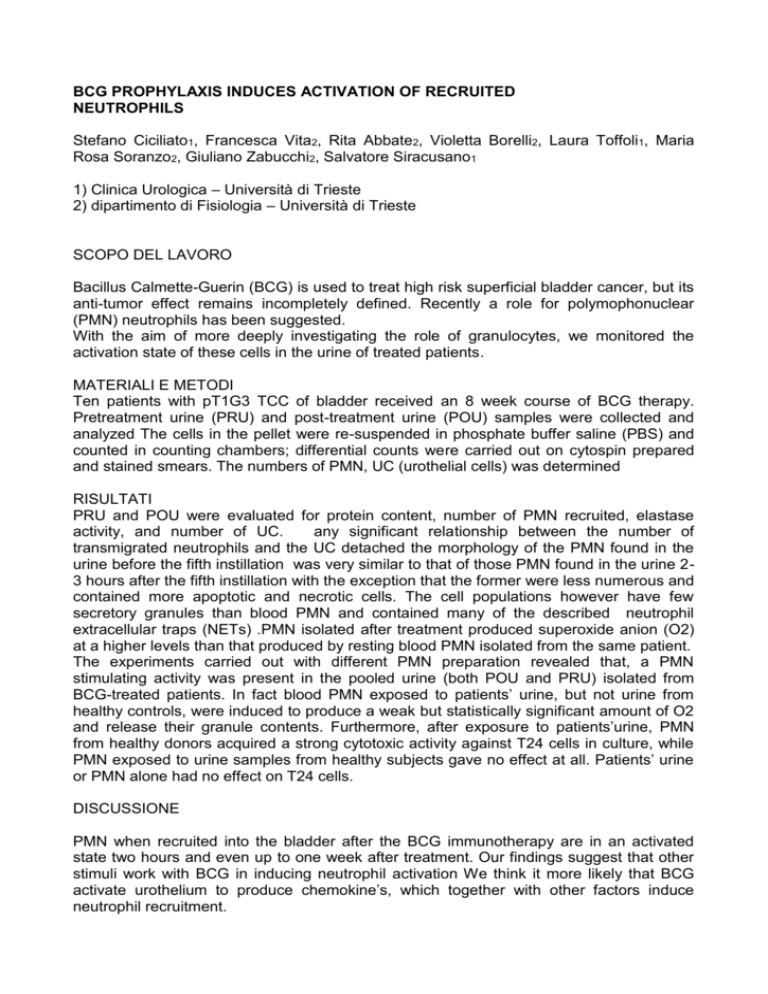
BCG PROPHYLAXIS INDUCES ACTIVATION OF RECRUITED NEUTROPHILS Stefano Ciciliato1, Francesca Vita2, Rita Abbate2, Violetta Borelli2, Laura Toffoli1, Maria Rosa Soranzo2, Giuliano Zabucchi2, Salvatore Siracusano1 1) Clinica Urologica – Università di Trieste 2) dipartimento di Fisiologia – Università di Trieste SCOPO DEL LAVORO Bacillus Calmette-Guerin (BCG) is used to treat high risk superficial bladder cancer, but its anti-tumor effect remains incompletely defined. Recently a role for polymophonuclear (PMN) neutrophils has been suggested. With the aim of more deeply investigating the role of granulocytes, we monitored the activation state of these cells in the urine of treated patients. MATERIALI E METODI Ten patients with pT1G3 TCC of bladder received an 8 week course of BCG therapy. Pretreatment urine (PRU) and post-treatment urine (POU) samples were collected and analyzed The cells in the pellet were re-suspended in phosphate buffer saline (PBS) and counted in counting chambers; differential counts were carried out on cytospin prepared and stained smears. The numbers of PMN, UC (urothelial cells) was determined RISULTATI PRU and POU were evaluated for protein content, number of PMN recruited, elastase activity, and number of UC. any significant relationship between the number of transmigrated neutrophils and the UC detached the morphology of the PMN found in the urine before the fifth instillation was very similar to that of those PMN found in the urine 23 hours after the fifth instillation with the exception that the former were less numerous and contained more apoptotic and necrotic cells. The cell populations however have few secretory granules than blood PMN and contained many of the described neutrophil extracellular traps (NETs) .PMN isolated after treatment produced superoxide anion (O2) at a higher levels than that produced by resting blood PMN isolated from the same patient. The experiments carried out with different PMN preparation revealed that, a PMN stimulating activity was present in the pooled urine (both POU and PRU) isolated from BCG-treated patients. In fact blood PMN exposed to patients’ urine, but not urine from healthy controls, were induced to produce a weak but statistically significant amount of O2 and release their granule contents. Furthermore, after exposure to patients’urine, PMN from healthy donors acquired a strong cytotoxic activity against T24 cells in culture, while PMN exposed to urine samples from healthy subjects gave no effect at all. Patients’ urine or PMN alone had no effect on T24 cells. DISCUSSIONE PMN when recruited into the bladder after the BCG immunotherapy are in an activated state two hours and even up to one week after treatment. Our findings suggest that other stimuli work with BCG in inducing neutrophil activation We think it more likely that BCG activate urothelium to produce chemokine’s, which together with other factors induce neutrophil recruitment. After this step BCG is eliminated almost completely and PMN begin to reach the bladder coming from the capillary blood vessels and transmigrating through urothelium. During this complex migration they are likely activated by large number of cytokines produced by urothelium CONCLUSIONI Our results provide further evidence to support the role of PMN neutrophils in BCG immunotherapy

